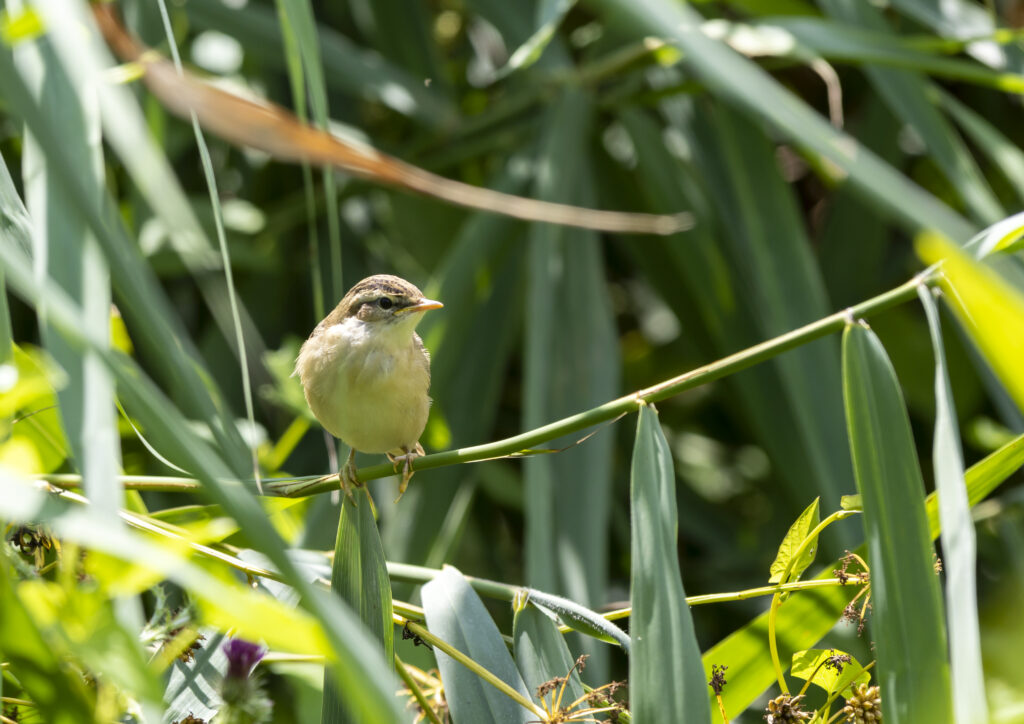It was one for sorrow, two for joy in the rhyme of my childhood. It went as far as ten, but never reached thirty-five, so now I’m unsure of my fate.
I’ve walked just five minutes from my home, to search for damselflies in the series of small pools that are part of an optimistic flood relief scheme created alongside a local housing estate. As I arrive, the flock of magpies, more than I have ever seen in one place before, take to the air shrieking defiance, making the sky flicker. Between ‘gulp’, ‘tiding’, charm, and ‘littering’, some of the many collective nouns for them, I choose ‘mischief’: they are clearly up to something.
Ringed by grassy banks filled with teasle and thistle, punctuated by ragwort and fleabane, the damselfly ponds graduate slowly, the deeper areas of water filled with reed mace and phragmite, the shallows with water mint and hard rush, the glistening mud by the fat yellow fingers of bird’s foot trefoil. I slowly circumnavigate each of them, and the mud between speaks to me. It’s a palimpsest, a recorder of travels. Here, twin almond slots incise the ground, the marks of roe deer that came here in the night to drink. There, the smaller, daintier, ballerina hooves of Muntjac, spaced out with speedy flight, are intercut with the spear-shaped tracks of a following fox. And last, cutting through all, a deep indentation of four claws and a “D” shaped pad: one of this morning’s dogwalkers had paws to clean.
There are no damselflies, which is puzzling. I wonder if I have left it too late in the day, if it is too cloudy or cool for them to fly. But I can hear a rustling within the reeds, a clatter of wings, and glimpse movement. I assemble it from its parts: a glimpse of creamy chest and sparrow-like back, a pale leg, and finally a dark-capped head with a cream ‘supercilium’ or stripe above its eye. It’s a sedge warbler, a juvenile, recently fledged. And there is a second, and a third, moving clumsily through the stems, hunting for insects near the water line. This explains the paucity of damselflies, and perhaps also the gathering of magpies, inveterate takers of other birds’ young. The fledgling warblers will stay here for a few more weeks to fatten up, before winging their way to sub-Saharan Africa, to Senegal or Ethiopia, sometimes in one prodigious, unbroken, four-day flight.

And so, I turn to the task before me: “thirty-five for feeling alive”, maybe?

Social Profiles